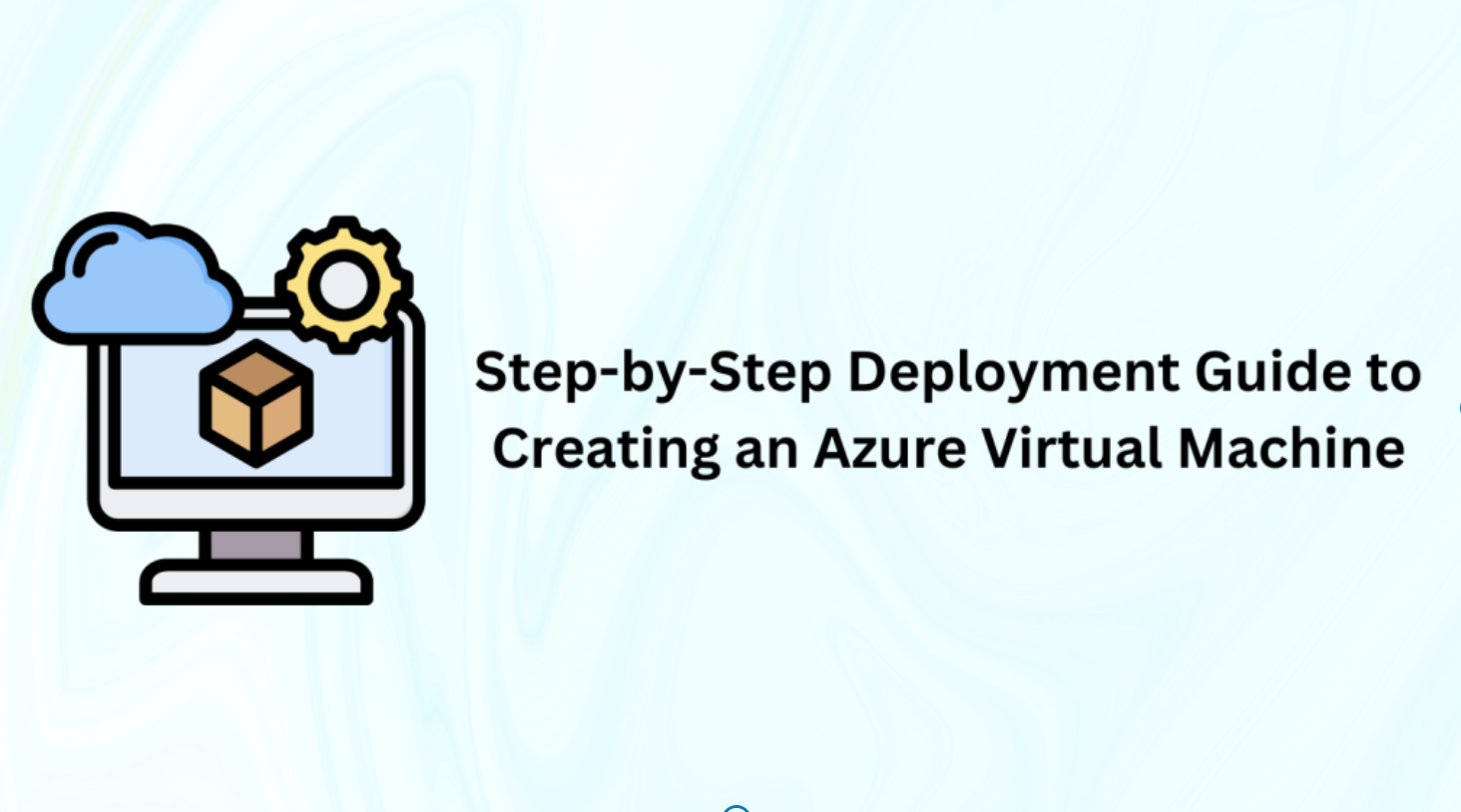The ability to set up and manage virtual machines (VMs) is an essential skill that unlocks opportunities in cloud computing. One of the main features of Microsoft’s Azure cloud platform, Azure Virtual Machines, allows customers to run various applications in a safe and scalable environment. In this blog, we will see how to create an Azure Virtual Machine and deploy it in a methodical manner.
Whether you’re new to cloud computing and want to learn how it works or a seasoned pro working with cloud computing, this blog will teach you all you need to know to deploy Azure virtual machines. You can also undergo Azure Training and join the field of Azure Cloud Computing.
Table of Contents
- How to Set Up an Azure Virtual Machine
- Additional Considerations and Best Practices
- Conclusion
How to Set Up an Azure Virtual Machine
Register with the Azure Portal
First, go to the Azure Portal and log in with your Azure account. Sign up for Azure on their website if you haven’t already.
Locate the Virtual Machines Section
Find the “Virtual Machines” area in the Azure Portal. In the navigation window on the left, you’ll see this.
Initiate Virtual Machine Creation
Select “+ Add” and initiate the development of a new virtual machine by clicking the “+ Add” button after you reach the “Virtual Machines” section.
Configure Basics
Once you choose your Azure subscription, you can make a new resource group or choose an existing one under the “Basics” page. Related Azure resources can be better organised and managed with the help of the resource group.
Configure Instance Details
A virtual machine needs to have its name, location, availability settings, and image specified. Multiple OS images, including Linux and Windows Server, are available for your selection.
Set Administrative Account
Create an administrative account and password to gain access to the virtual computer. Make sure that the password satisfies the security criteria set by Azure.
Configure Disks
You can adjust disc settings such as operating system disc type, disc size, and the number of data discs you need on the “Discs” tab. Personalise the configuration to meet your specific storage and application needs.
Establish a Network
Make sure to adjust the virtual network, subnet, public IP, and network security group settings under the “Networking” tab. With these parameters, you can configure the virtual machine’s network connection.
Set Up the Management System
Turn on the virtual machine’s monitoring and diagnostics under the “Management” tab. For health and performance insights, decide whether to use Azure Monitor.
Review and Create Review Configuration Settings
Make sure you double-check all the virtual machine’s settings. Verify that all details are correct and meet your specifications.
Click on “Review + Create”: To proceed to the last stage, click the “Review + Create” button after you’ve evaluated the settings.
Deploy Virtual Machine Validation and Deployment
Azure will run a validation check to ensure all the settings are correct. Once validation is successful, you can begin the deployment process by clicking the “Create” button.
Monitor Deployment Progress
Keep an eye on how far along the deployment is through the Azure Portal. Deploying might finish in a few minutes.
Access and Manage Virtual Machine
- Access Virtual Machines: Go to the “Virtual Machines” area of the Azure Portal after the deployment is finished. Select the virtual machine you just made.
- Access Virtual Machine: Use the public IP address or DNS name you specified when setting up the virtual machine to access it. Log in using the administrative credentials.
Additional Considerations and Best Practices
Security and Compliance
- Network Security Groups (NSGs): You may improve the security of your virtual machine by installing NSGs to control the traffic going into and out of it.
- Azure Policy: Learn how to implement company policy and regulatory mandates in your Azure environment with Azure Policy.
Analytics and Improvement
- Azure Management: Get real-time information about your virtual machine’s health, activity, and performance with Azure Monitor.
- Auto-scaling: To have the number of virtual machine instances automatically adjusted according to demand, look at auto-scaling options.
Conclusion
If you are looking for opportunities in the Azure cloud ecosystem you should have the core competence of constructing an Azure Virtual Machine. Students enrolled in Azure Training can easily create and maintain virtual machines with this detailed tutorial that walks them through each step of the deployment process.
Keeping up with the latest innovations in cloud technology requires a commitment to lifelong learning, curiosity, and practical familiarity with Azure services. Your work in creating and overseeing Azure virtual machines will help us better grasp cloud computing and unlock Azure’s revolutionary potential. For more information visit: The Knowledge Academy.

